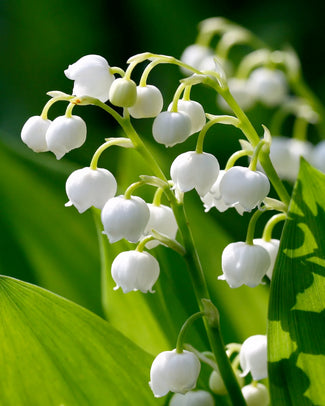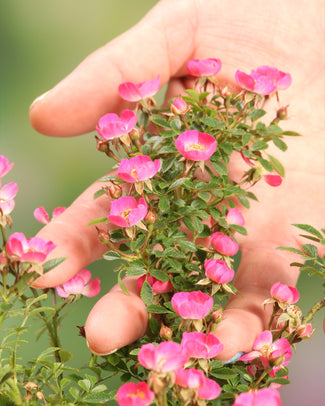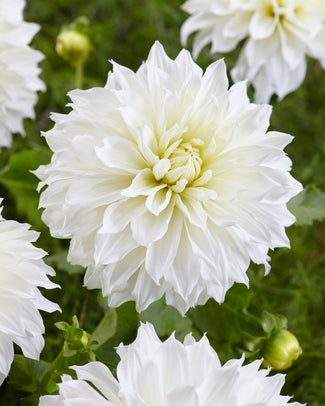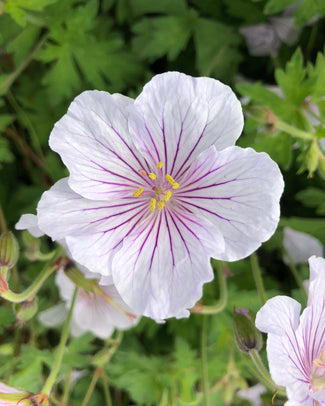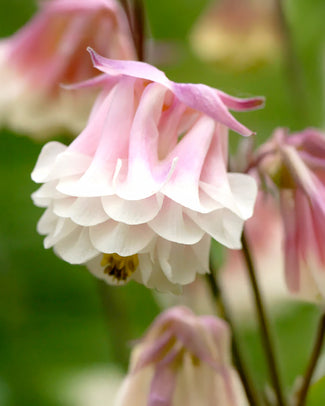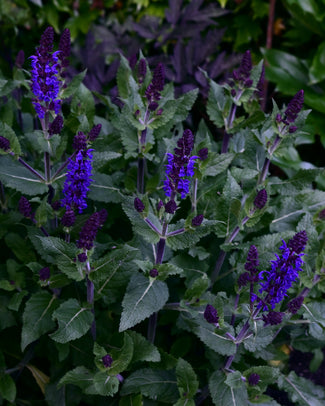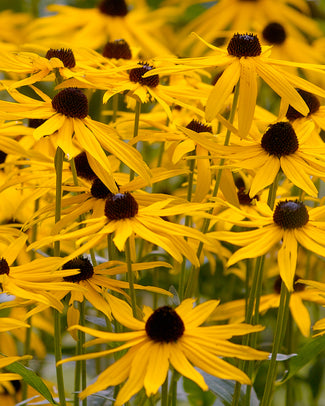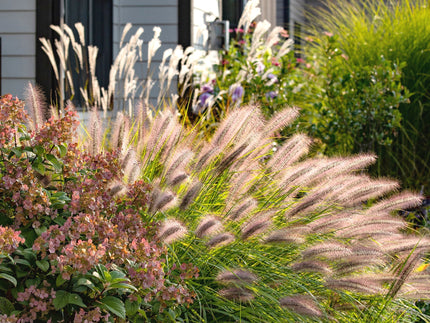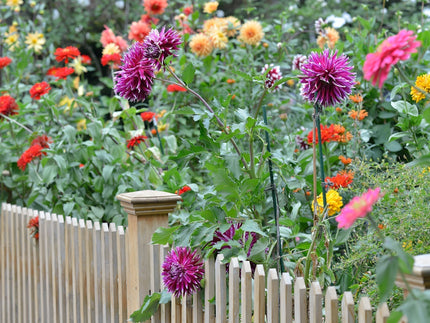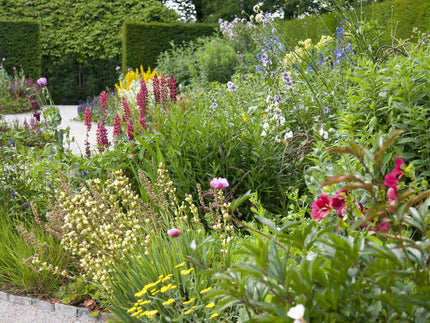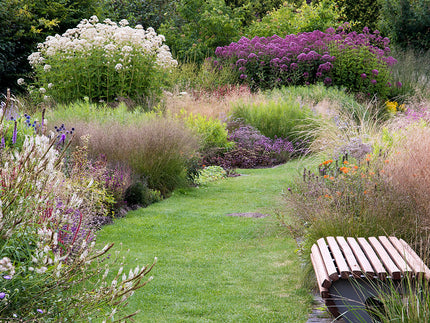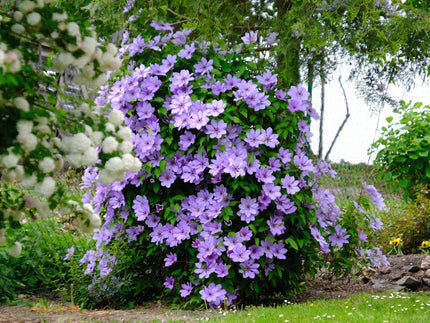How to plant Agapanthus
Agapanthus, also called African Lily, are real sun lovers. They’re low maintenance too! If you have a hot, sunny area in the garden and want a plant which will thrive without much fuss at all, Agapanthus is a great choice. They don’t mind poor, light soil and can tolerate drought, which means means they rarely need watering once they’re settled in. These reliable perennials will form large clumps which flower more prolifically every year. Confined spaces like pots and narrow borders against sunny walls are the perfect place for them because they quite like to build up a dense root network and to feel restricted.
Agapanthus planting basics
Agapanthus are supplied as bare roots which can be planted directly into borders, patio pots or into temporary pots to grow on before planting out. They will initially concentrate their energy into growing a dense root network, after which they will start to produce flowers. In the first year, they may put all their energy into growing roots and leaves which means they will wait until the second year before they start to flower. Choose a sunny spot for your Agapanthus to grow, they really love the sun!
Agapanthus planting instructions
— Agapanthus are hardy perennials and can be planted directly outside in spring. If temperatures are below freezing in spring, it is a good idea to start them off in pots in a sheltered location first while they are still young.
— You can plant Agapanthus bare roots between March and mid May.
— When planting in containers, a soil-based compost is ideal.
— Choose a spot for your Agapanthus plants which is in full sun.
— It’s a good idea to soak the roots in water for a few hours prior to planting.
— Plant the roots so that the crown is around 5cm deep. If your Agapanthus already have leaves or shoots, plant the roots with the leaves exposed above the soil surface.
— Space the plants around 15-20cm apart from each other.
— Water-in thoroughly after planting and water regularly while in full growth. Don’t allow them to sit in wet soil while still dormant. Once the plants are established (after the first year) they will prefer to be dry most of the time.
































































































































































































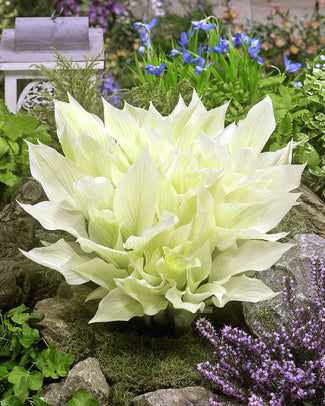
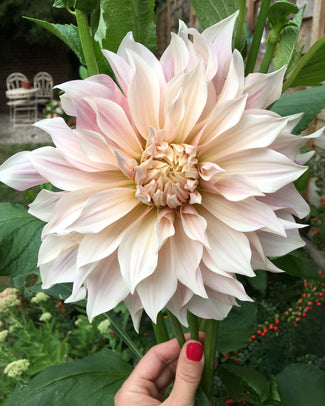
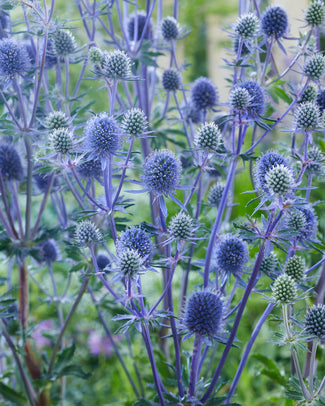
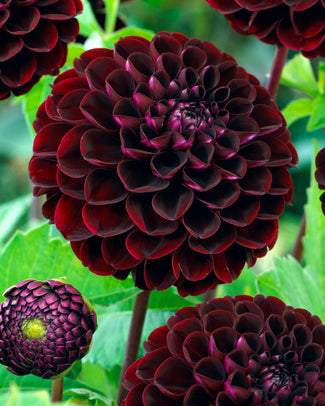
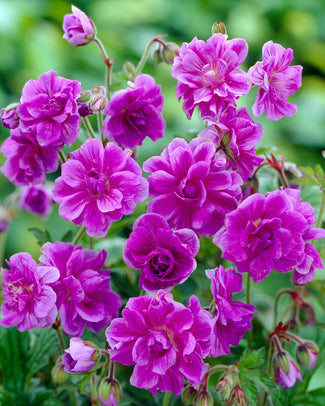
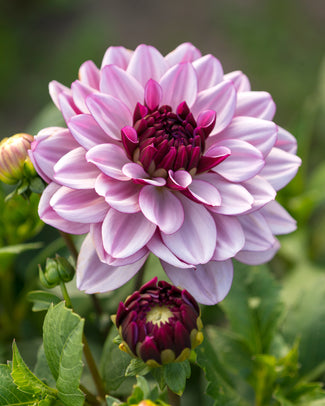
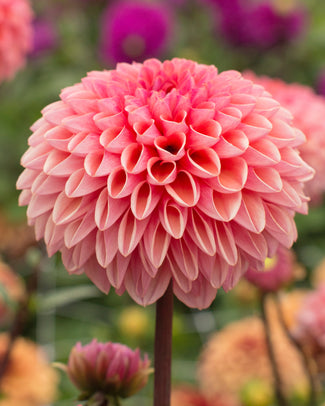
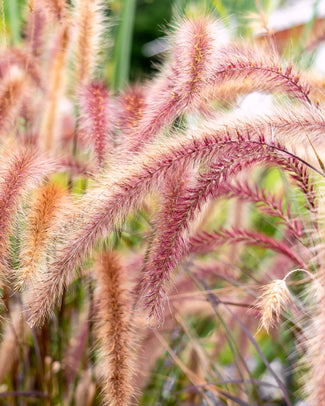
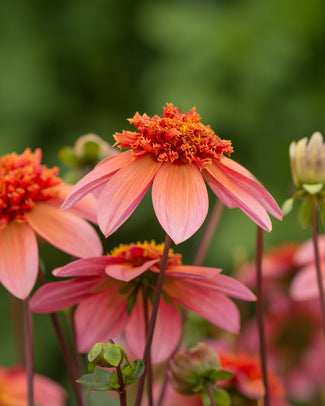
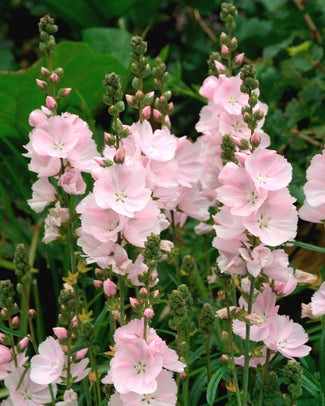
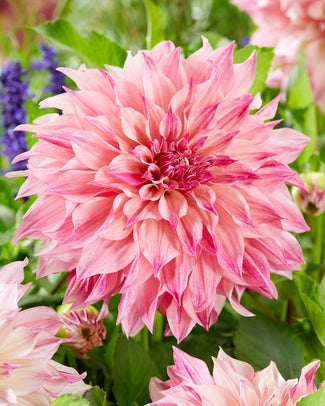
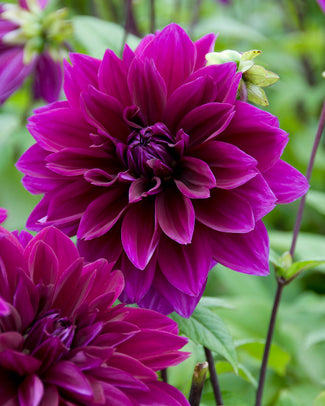
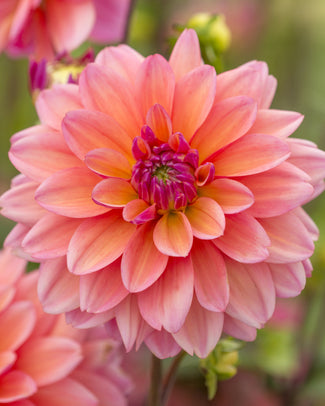
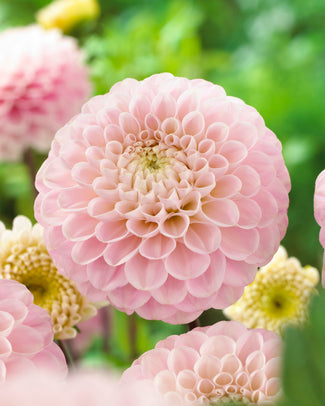
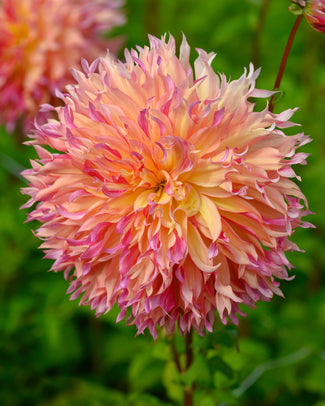
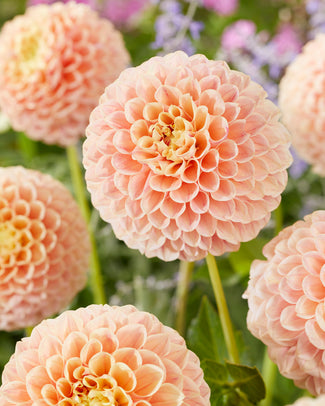
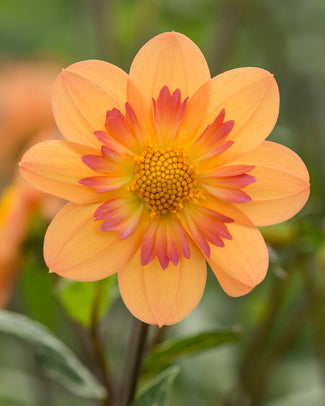
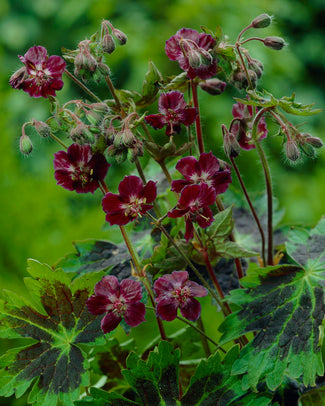
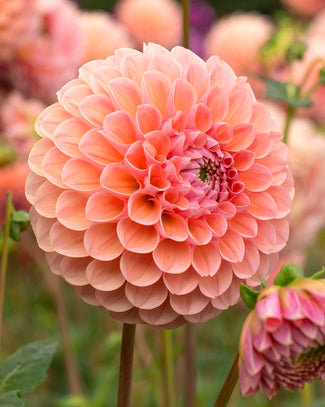
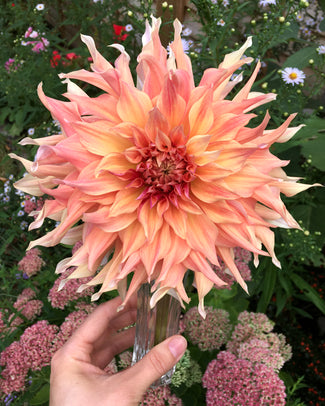
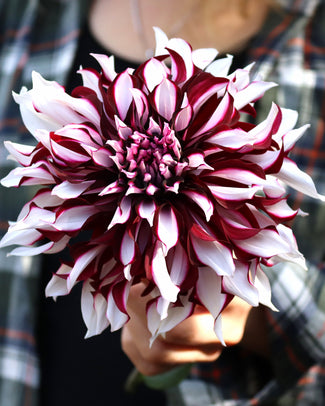
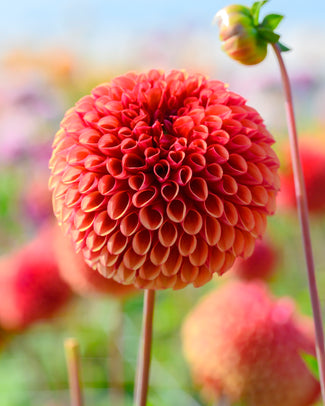
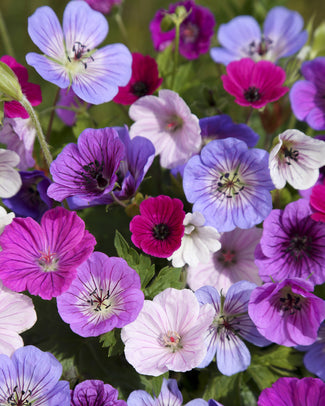
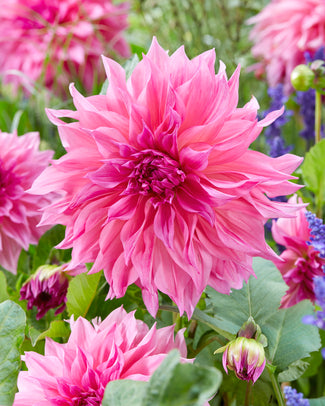
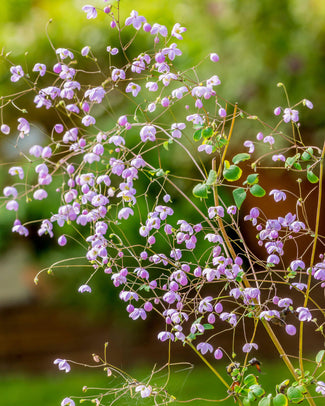
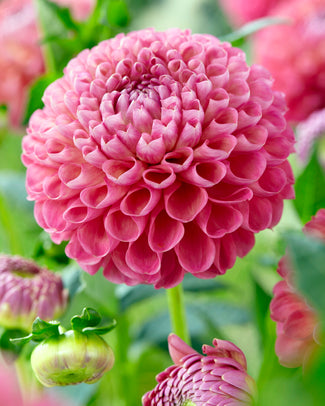
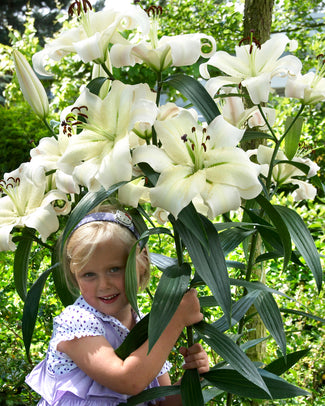
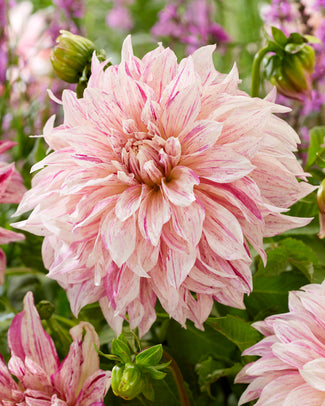
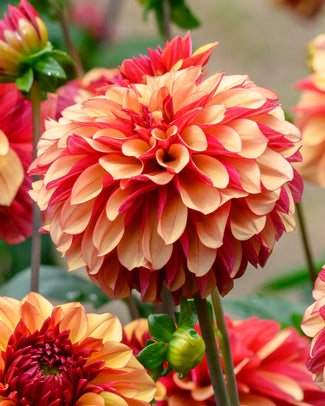
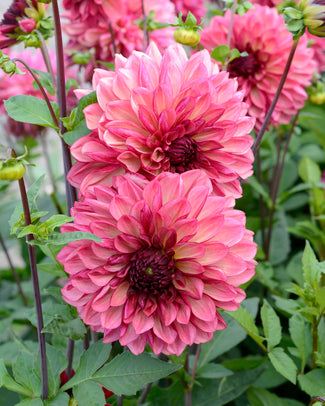
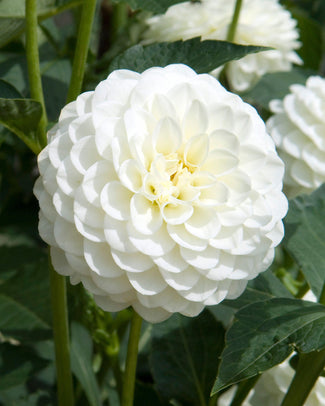
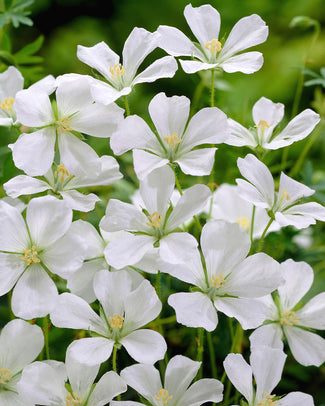
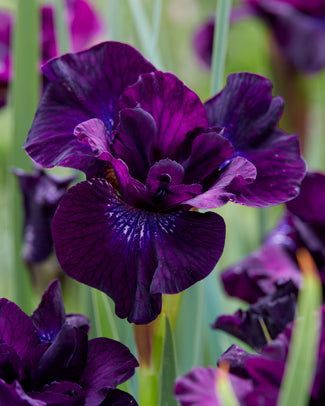
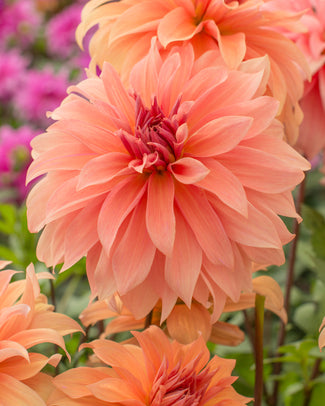
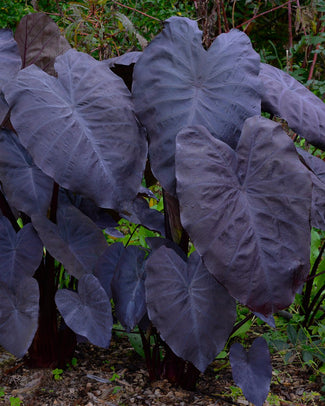
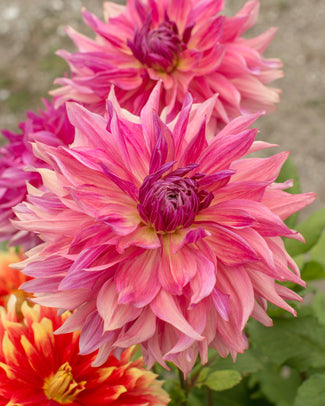
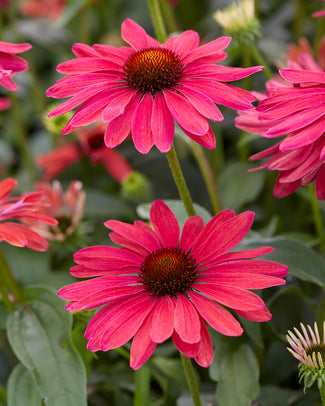
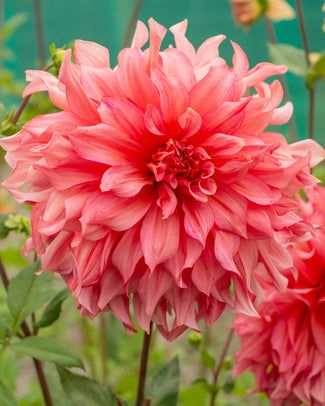
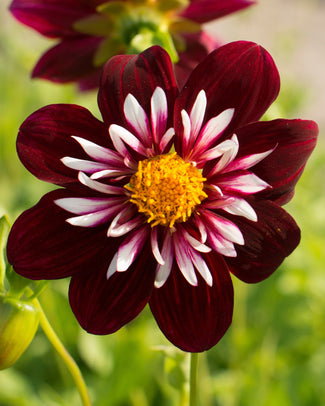
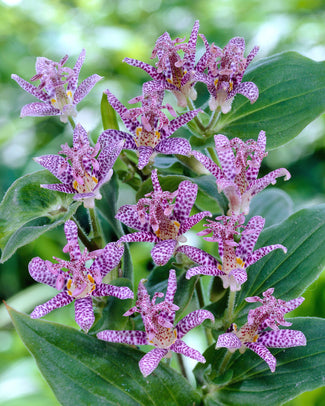
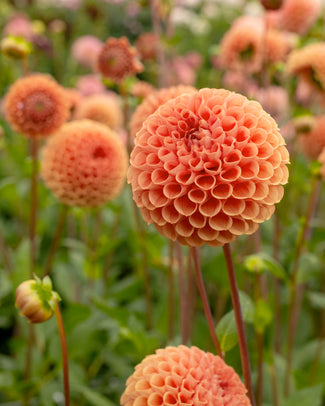
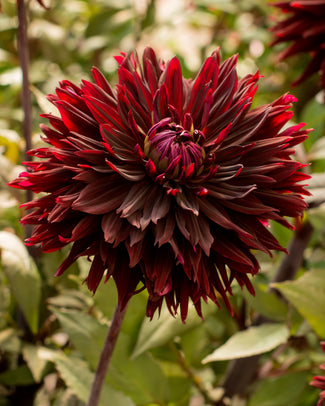
![Agapanthus 'Black Buddhist' []](http://www.farmergracy.co.uk/cdn/shop/products/agapanthus-black-buddhist-1_325x.jpg?v=1575625838)
